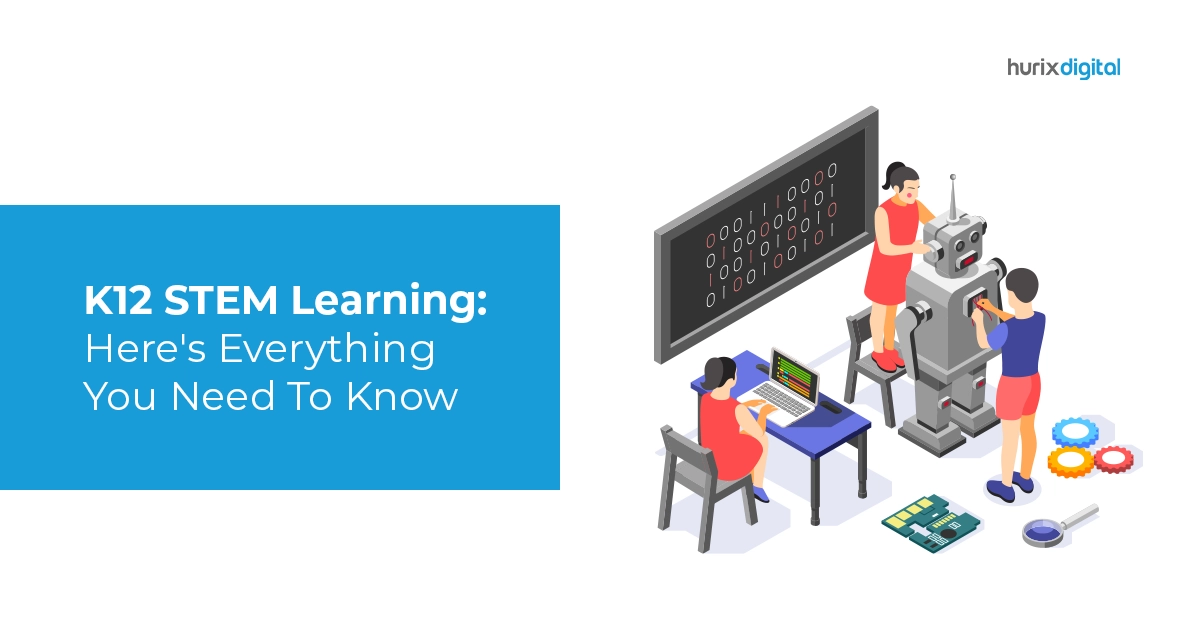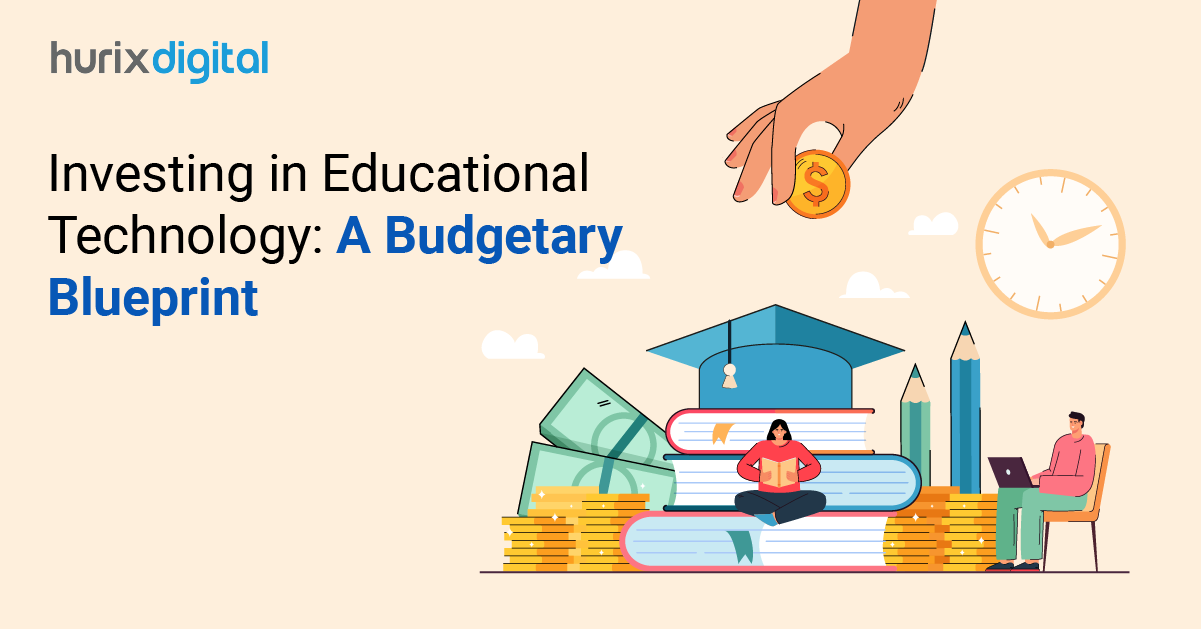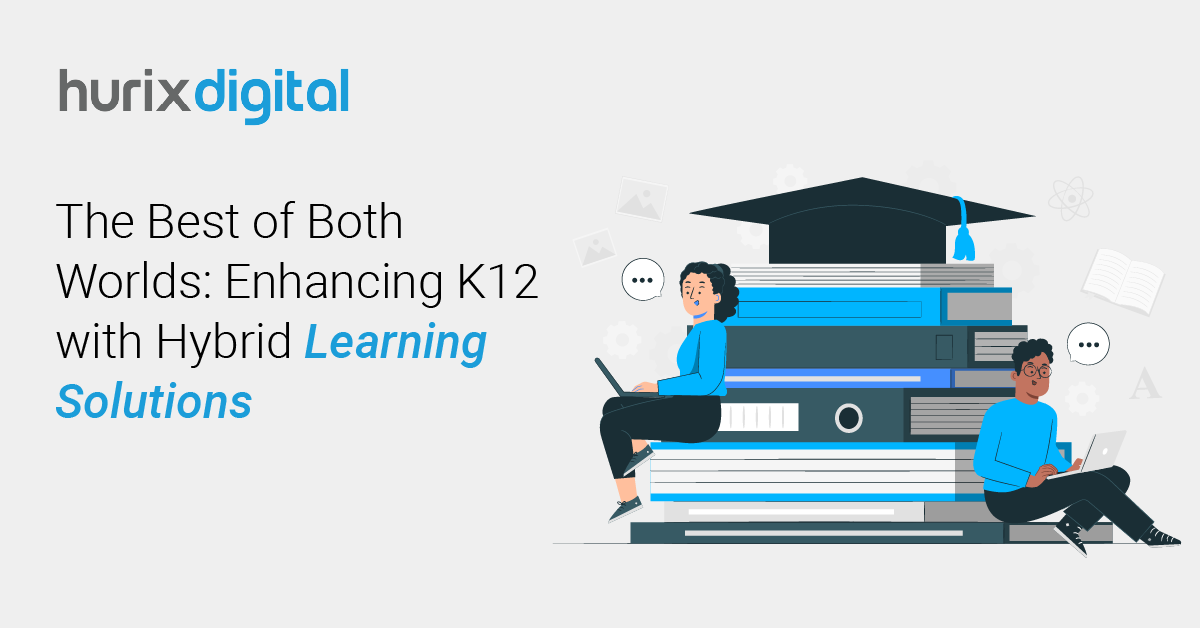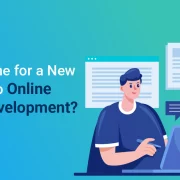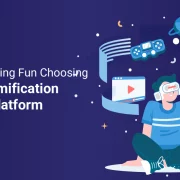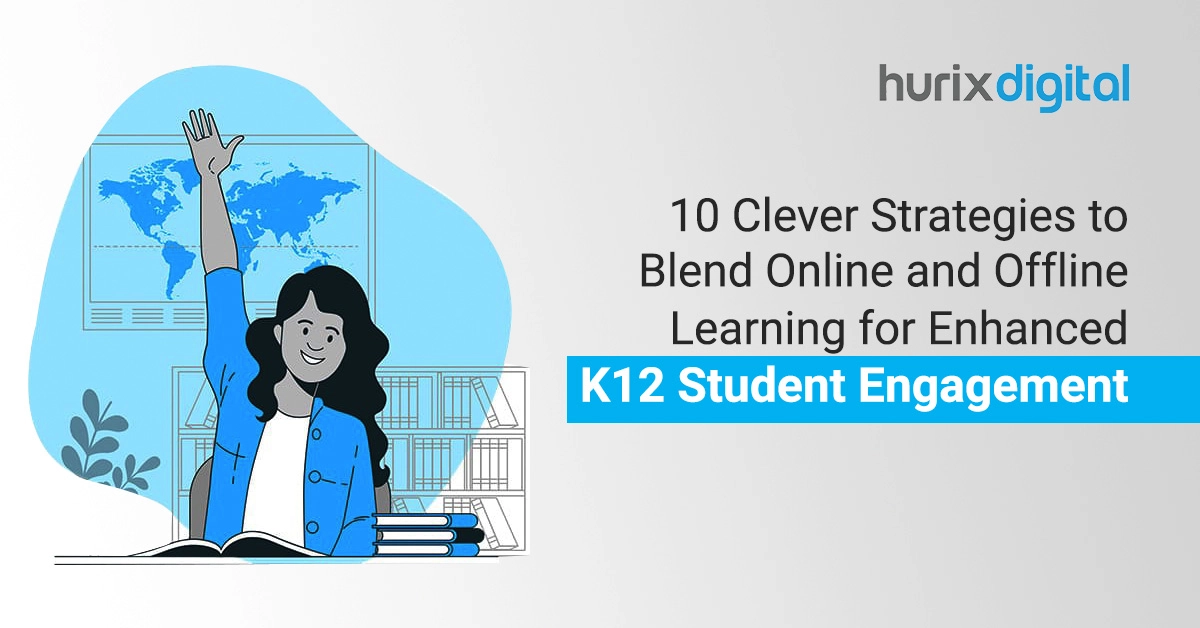
10 Clever Strategies to Blend Online and Offline Learning for Enhanced K12 Student Engagement
Summary
This blog explores blended learning in K12, merging online and traditional teaching to boost engagement and outcomes, and offering implementation tips.
Online learning has become an integral part of education, even more so after the Covid-19 pandemic.
Blended teaching is fairly new, but up to 82% of students are now choosing hybrid modes of teaching compared to the traditional model. This model is more flexible for learners, giving them the option to go through the learning material at their own pace and expanding their productivity.
Read on as we discuss the importance of innovative K12 teaching methods and explore ten effective strategies for implementing blended learning to enhance student’s educational experiences.
Table of Contents:
- 10 Ways to Upscale K12 Student Learning with Hybrid Learning Models
- Integrate Mobile Learning
- Flipped Classroom Approach
- Make the Most of Technology
- Personalize Your Teaching Methods
- Use Blended Teaching Tools
- Assess and Reflect
- Develop Curiosity Among Learners
- Digitalize Your Revision Methods
- Explore Online Collaborative Project Ideas
- Set Virtual Class Meetings for Discussions
- Final Thoughts
10 Ways to Upscale K12 Student Learning with Hybrid Learning Models
Blended learning is quickly becoming integral in the education sector and teachers are quick to follow this trend for better K12 student engagement.
Here are ten ways to implement online and offline learning methods for elevated learning:
1. Integrate Mobile Learning
Using mobile devices as part of the education system can make it easy for students to access and read materials. There are several online classroom forums today that allow teachers to form classrooms and make online announcements that students can check on their mobile notifications.
Such accessibility can make education easy for students who prefer different media for learning because this model integrates videos, audio clips, quizzes, and forum discussions available on mobiles.
2. Flipped Classroom Approach
Flipped classrooms are the basic building blocks of personalized learning experiences, as they engage students to discuss things better at school. Within this model, students have course material online at home, providing them with the context of the lesson.
After this, the students can have further discussions and understand the deeper meaning of the lessons in the classroom. The flipped classroom model implements both online and offline learning and maximizes the quality of the knowledge that students inculcate.
3. Make the Most of Technology
According to a study, 59% of students learn well with the help of technology, with or without school provisions. Thus, using technology mindfully can help teachers make the most of the different streams of education. With careful strategizing, teachers can determine how big or small of a role technology will play in their course outline.
Ideally, teachers should use technology in education seamlessly so that it allows enhanced K12 student engagement. Integration of videos, audio clips, and infographics that help students learn better with visual and auditory aids that make learning easy.
Also Read: Top 5 Ways to Make K12 Curriculum Engaging with Animation
4. Personalize Your Teaching Methods
Approximately 60% of K12 teachers have implemented personalized teaching in their curriculum in the United States. This shows how it is one of the strongest pedagogical models that helps institutes use online and offline teaching methods efficiently. This teaching model focuses on using student-specific teaching approaches that use different tools to encourage students to participate more actively in their educational journey.
The use of blended learning strategies, such as recorded lectures, online course materials, and online feedback sharing with students, can help each one with problems and allow them to progress.
5. Use Blended Teaching Tools
Institutes should be careful about the teaching tools and software they use for their students and try to go for modern ones that allow different types of facilities.
The capacity to conduct online meetings with many participants, share materials across various devices, and open modes of online communication should be some common criteria for a good learning management system (LMS).
Sharing and uploading multimedia files is another strong point teachers should consider when choosing teaching software.
6. Assess and Reflect
With online platforms becoming a part of the education system, assessment becomes easy as it can take place online. Such personalized learning experiences allow teachers to conduct their assessment process on an online forum, which gives them time to check each student’s progress.
Online course assessment can help teachers track what students retain and track each student’s pain points to help them rectify and learn from their mistakes.
7. Develop Curiosity Among Learners
Students only retain lessons if they take an interest in the curriculum. Blended learning opens up several types of learning tools for students, which increases their curiosity and helps them learn new things.
For example, if teachers use some online videos on the course they are teaching, chances are students will learn new things and go beyond the coursework. It also instills healthy curiosity amongst the students and they ask questions to the teachers and become more active in the learning process.
8. Digitalize Your Revision Methods
Students often retain things better when they are discussed in class. But the fact also remains that a large chunk of the population is made up of visual learners. Technology in K12 education can help blend the two, with in-depth discussions happening in class and revision taking place online.
Teachers can upload material online for students to revise after the lesson is taught in class. This allows for flexibility in learning whenever students want and to go back to portions they cannot understand.
9. Explore Online Collaborative Project Ideas
Peer projects can often be intimidating for students, but if they take place online, participation rates increase, and communication between peers improves.
Online collaboration allows participants to indulge in fun activities like online educational games, quizzes, and forums, where they can discuss topics without feeling the pressure and anxiety that come with offline communication. Additionally, having online communication first can open up the chances of having better and more free offline communication.
10. Set Virtual Class Meetings for Discussions
Students may sometimes encounter issues that require instant attention, and online meetings are great for addressing these issues.
Virtual meetings are great for K12 student engagement because they allow students to voice their problems from their homes, giving them a sense of comfort and alleviating the pressure of all the attention being on them while they are confused about their lesson.
Around 75.63 % of students agree that materials shared during online meetings are varied and helpful. This shows how these meetings can often lead to intense discussions that students can continue in the classroom setting later, opening up new revenue for learning.
Also Read: 8 Best Online Learning Activities to Engage K12 Students
Final Thoughts
Blended teaching models can look confusing initially but with some strategy, using online and offline methods simultaneously becomes easy. Chalking out a concrete plan and using the above-mentioned blended learning strategies can make implementation easy for educators.
Hurix Digital offers different services that can elevate learning for K12 students and enhance course retention. The brand helps institutions contact expert teaching staff who keep up with changing educational trends and instill technology in their coursework.
Our brand helps create materials that align with your institute’s educational goals by blending technology and traditional learning methods. We encourage innovative K12 teaching methods with our modern and highly advanced learning models.
Contact our team to explore the best education tools and staffing solutions to upgrade your students’ knowledge bases!

Senior Vice President – Business Development
Over 25 years of experience in the edtech and workforce learning industry with strong skills in Business Development, Customer Relationship Management (CRM) and Strategy.
